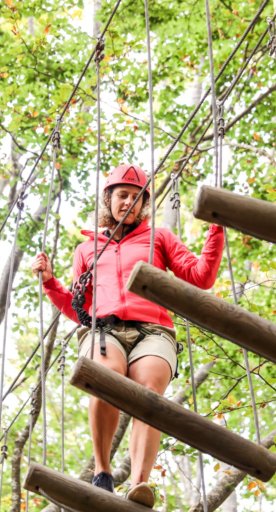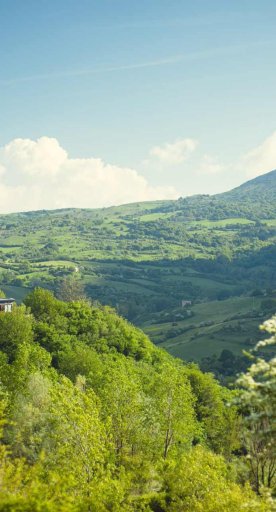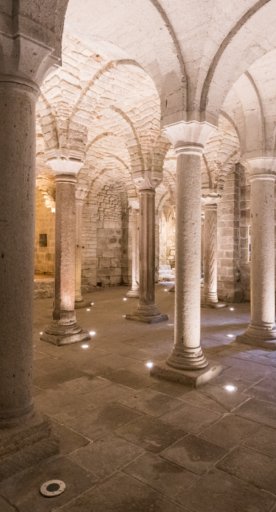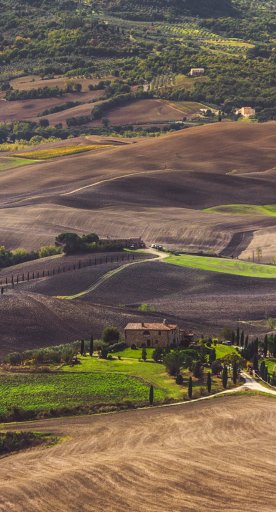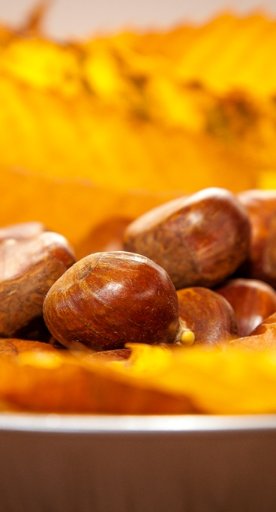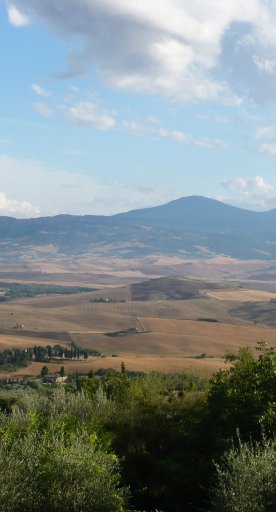

Four biodiversity nature reserves around Monte Amiata
Burbling streams, wild animals, the brightest colours and the cleanest air. Here are some of the places where you can spend a sustainable holiday in Amiata.
Diving into the vast richness of nature, its plants, flowers and wild animals, brings us closer to ourselves.
Four nature reserves in the Monte Amiata area offer precisely this, combining biodiversity with your own wellbeing in areas that are unique as they are extensive.
Whether you are on foot, horseback or mountain bike, you can take these paths and explore these magical environments, coming across fungi and woodland fauna as you do so.
-
1.A family day out in the Wildlife Park
-
2.Nature and water in the Bosco dei Rocconi WWF Oasis
-
3.Discovering the Pigelleto Nature Reserve
-
4.Nature and animals in the Monte Penna nature reserve
A family day out in the Wildlife Park
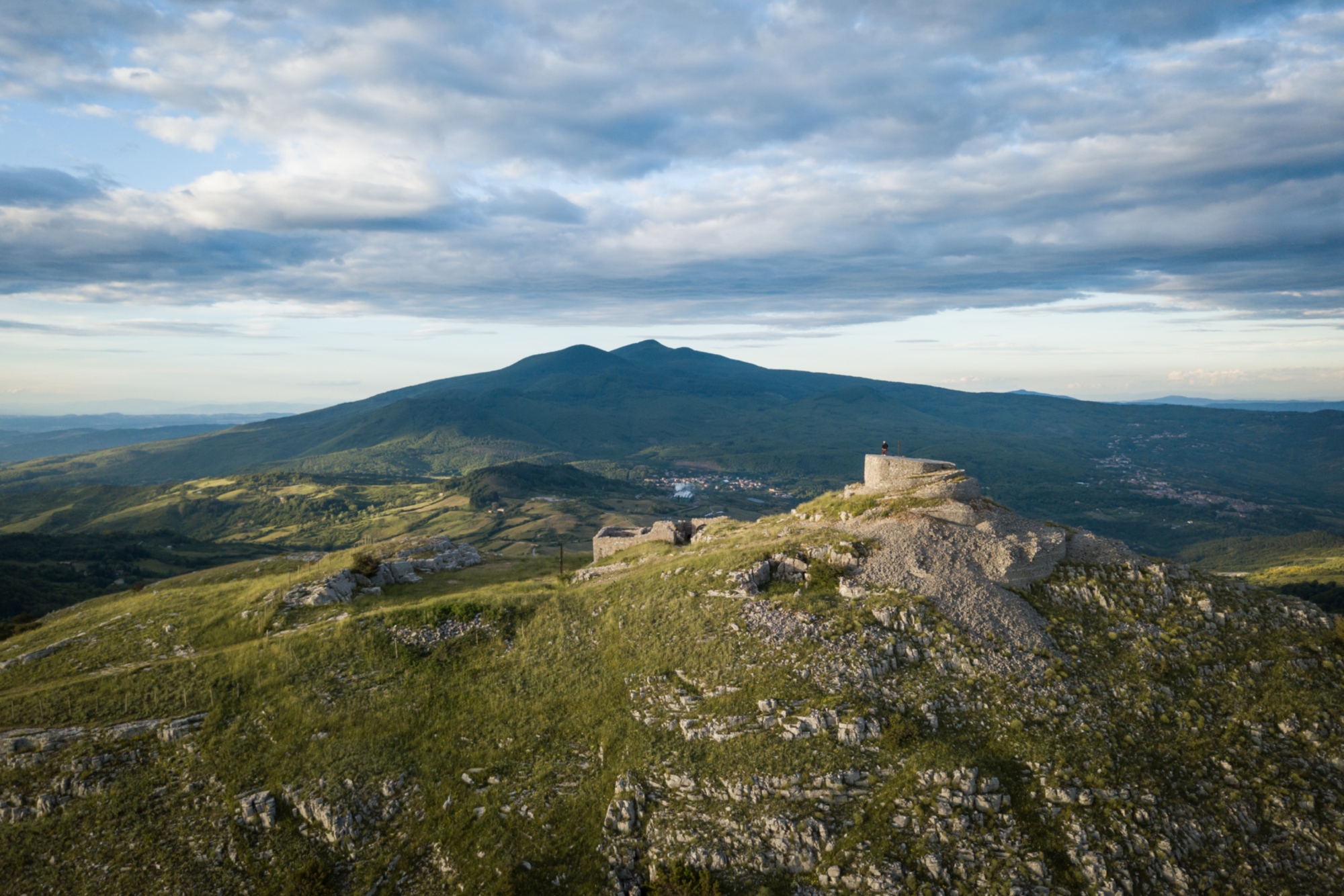
On the slopes of Monte Labbro, a few miles from Arcidosso, you can take the family for a pleasant day out among the greenery of the Monte Amiata Wildlife Park.
The longest hiking route in the park can be done in about three hours, and takes you to the very peak of Monte Labbro. Walking this route, it’s best to arm yourself with a pair of binoculars so you can watch the animals that frolic here in total freedom. You will hear the mooing of cows and little bells ringing from the necks of Amiata’s indigenous breed of donkeys.
Picnic areas can be found along the path that takes you to the summit. Once at the top, you will enjoy a stunning view over the whole valley, including the remains of the Torre Giurisdavidica, which has its own fascinating story to tell.
Nature and water in the Bosco dei Rocconi WWF Oasis
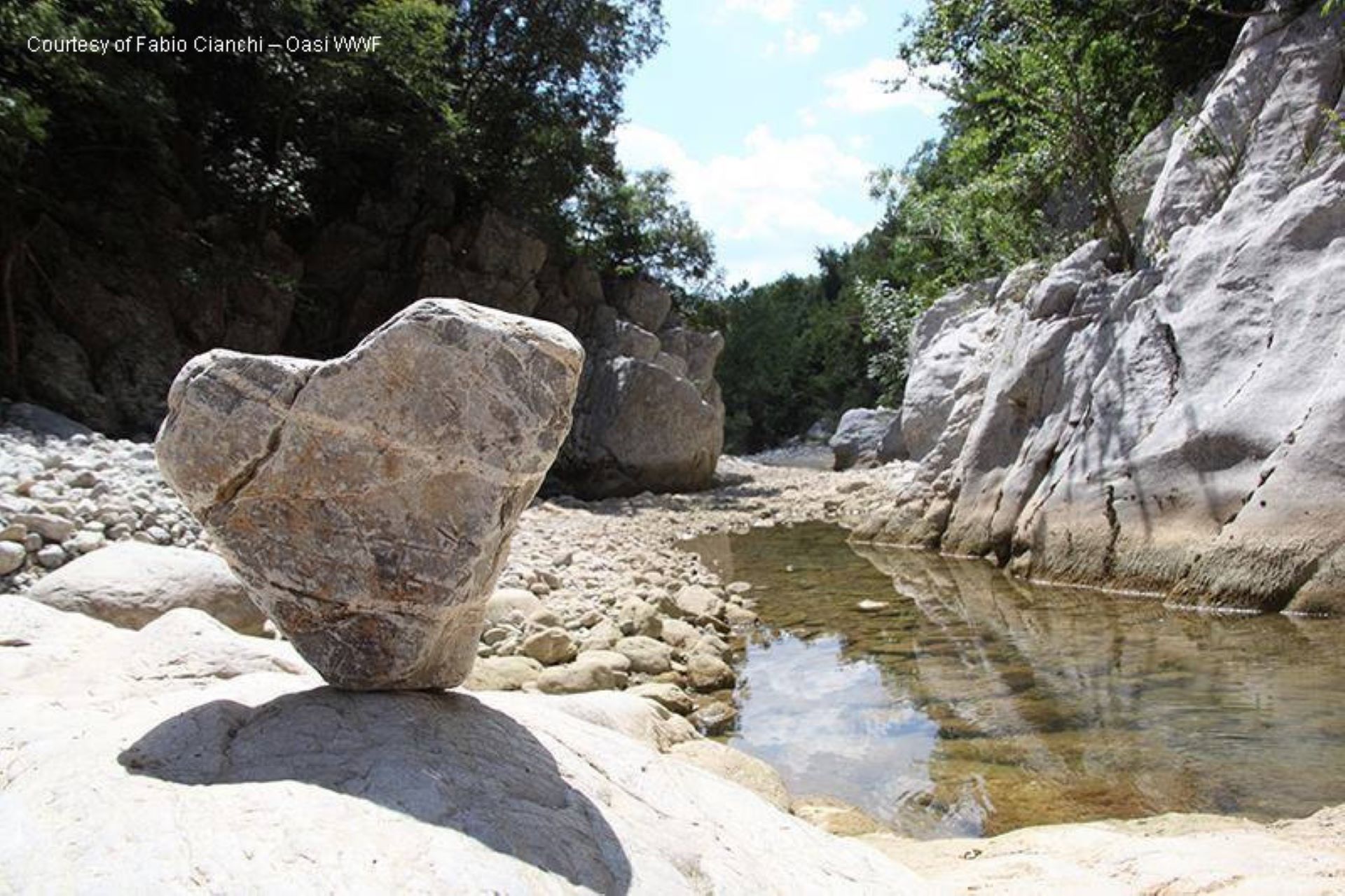
Water and canyons take centre stage in the Bosco dei Rocconi reserve, which covers 130 hectares in the municipalities of Semproniano and Roccalbegna. Fewer watercourses could be cleaner than these, banked by organic farms and woods that date back thousands of years.
You can take various hiking routes through the reserve, but you can also cycle and even travel by water, in groups and on request. Those who want to make the most of the regenerative silence of nature can explore the so-called valle dei rapaci (valley of birds-of-prey). The cliffs here support many different species of venatorial bird species, which you can look at from an observatory, along with many other animals. Benches and picnic tables can also be found.
Do not miss out on the experience of bathing in the fresh, clear waters of Sasso Rosso; nor should you pass up a chance to walk along the shadowy paths that lead you to the orchid and butterfly garden. Here you will find two small pools, with a wealth of insects and amphibians that belies their size.
Finally, just to make your visit even more magical, wait until sunset before taking the route back.
Discovering the Pigelleto Nature Reserve
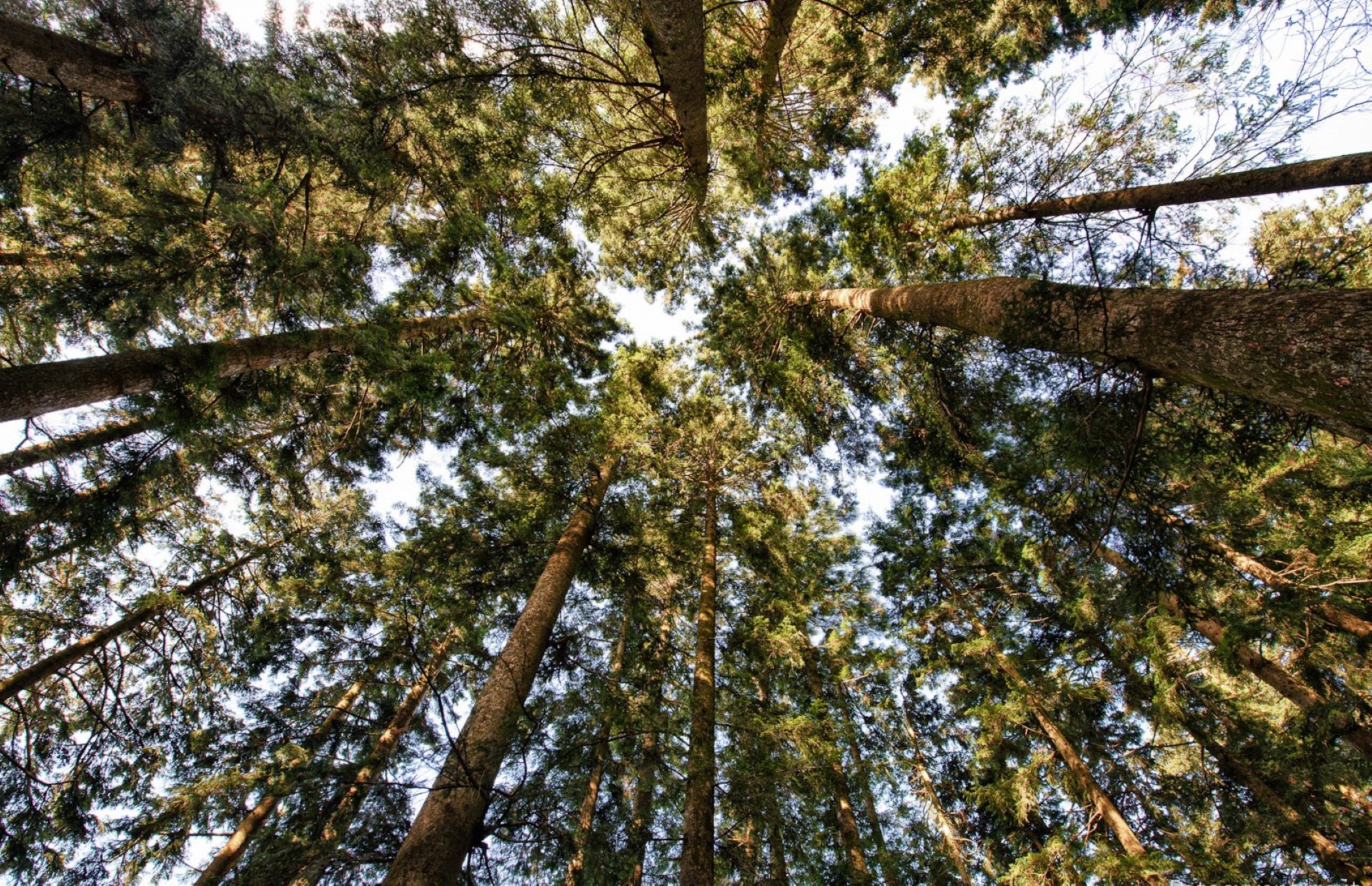
Its white fir trees, known locally as pigelli, give the Pigelleto nature reserve its name. This is the ideal place to explore nature, either alone or with a guide, either on foot or on bicycle. Admire the rare white fir trees, the holm oaks and the deadly nightshade; and, in spring, the flowers that poke up through the undergrowth, including the extremely rare orange lily. The woods are the haunt of wild boar, deer and even wolves, along with birds like goshawks and woodpeckers, both green and red.
The reserve used to be one of Monte Amiata’s main mercury-mining areas. You can visit two of the abandoned mines and get to know some of the history behind the industry.
The natural ecosystem that surrounds the hilltowns of Monte Amiata is a true natural haven, where you can breathe, taste, explore and live the land around you.
Nature and animals in the Monte Penna nature reserve

The Monte Penna nature reserve is a protected natural area covering over 1000 hectares on the south-eastern slope of Monte Amiata, near Castell'Azzara.
Characterized by chestnut, maple and beech woods, the Bosco della Fonte, an area of great naturalistic interest, is located within the reserve. The reserve is a habitat for numerous species of mammals, such as foxes, porcupines, wild boar, roe deer and wild cats, and for many species of birds, such as hen harriers, sparrow hawks, buzzards, kestrels and owls.
Of considerable historical and artistic interest are the remains of the Rocca Silvana, an ancient possession of the Abbey of San Salvatore al Monte Amiata - built during the 9th century - and the Cornacchino Mercury Mine, which is part of the Parco dei Musei e delle Miniere del Monte Amiata.




